Conquering Bounce Rate: Strategies for Captivating Audiences

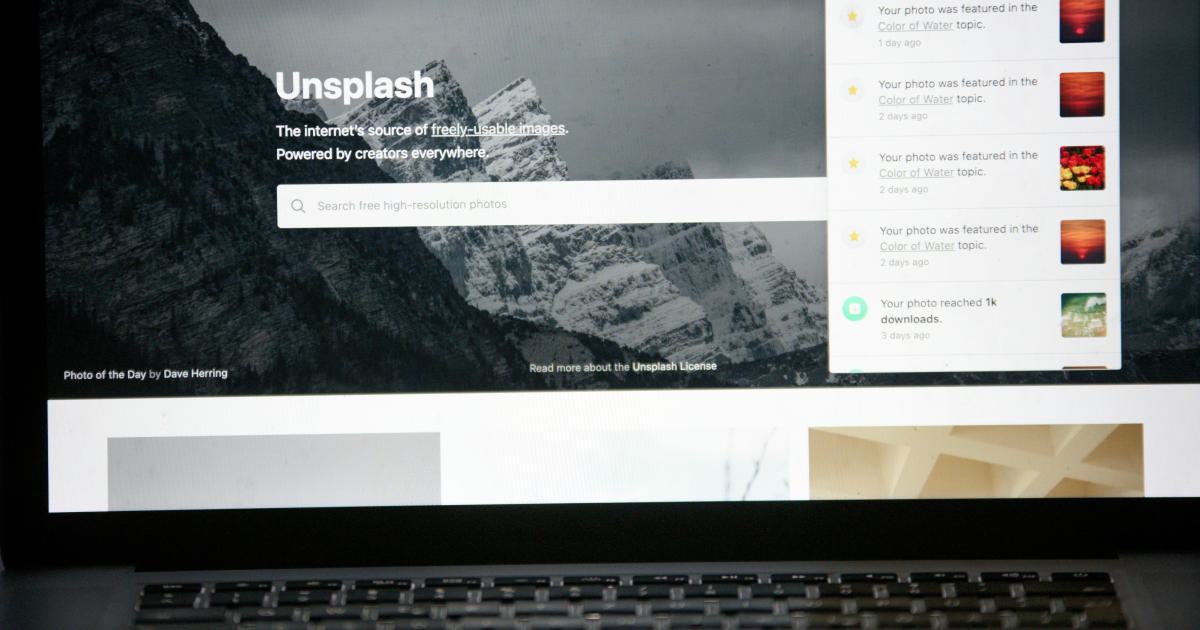
Opening Hook
Imagine walking into a bustling coffee shop, the air filled with the aroma of freshly brewed coffee and the chatter of patrons. You approach the counter, eager to order your favorite drink. But just as you're about to place your order, you hesitate and glance around the room. Something feels off. The energy is lacking, and the barista seems disinterested. Within seconds, you find yourself walking out the door, your coffee craving forgotten.
This scenario is all too familiar for many businesses in the digital age. Just like that coffee shop, websites can struggle to keep visitors engaged and coming back. One of the most important metrics for measuring this engagement is the bounce rate - the percentage of visitors who leave a website after viewing only one page.
A high bounce rate can be a devastating blow to a business's online presence, signaling a disconnect between the website and its target audience. But what if there was a way to not just understand the problem, but to conquer it once and for all? In this article, we'll dive deep into the strategies and tactics that can help you captivate your audience and reduce your bounce rate.
The Journey
Understanding Bounce Rate
To begin our journey, let's first explore what bounce rate is and why it matters. Bounce rate is a crucial metric that measures the percentage of visitors who land on a website and then immediately leave without interacting with any other pages. A high bounce rate, typically anything over 50%, suggests that your website is failing to engage visitors and keep them on the site.
The reasons for a high bounce rate can vary. It could be due to a confusing navigation, lackluster content, or a poor user experience. Whatever the cause, a high bounce rate can have serious consequences for your business, including:
- Reduced search engine rankings: Search engines like Google use bounce rate as a factor in determining a website's relevance and authority, which can impact its placement in search results.
- Lower conversion rates: If visitors are quickly leaving your site, they're less likely to take the desired action, such as making a purchase or filling out a form.
- Decreased brand reputation: A high bounce rate can give the impression that your website is not user-friendly or valuable, which can harm your brand's credibility and reputation.
To turn things around, we need to dive deeper into the strategies and tactics that can help you captivate your audience and lower your bounce rate.
Optimizing for User Experience
One of the most effective ways to reduce bounce rate is to focus on creating an exceptional user experience (UX). This means ensuring that your website is intuitive, visually appealing, and easy to navigate. Here are some key UX strategies to consider:
Streamline Navigation Visitors should be able to easily find the information or actions they're looking for on your website. Implement a clear, logical navigation structure with intuitive labeling and drop-down menus to help users quickly orient themselves and access the content they need.

Enhance Visual Design The visual design of your website plays a crucial role in keeping visitors engaged. Ensure that your layout, color scheme, and typography are visually appealing and consistent across all pages. Use high-quality images, videos, and graphics to break up the text and add visual interest.
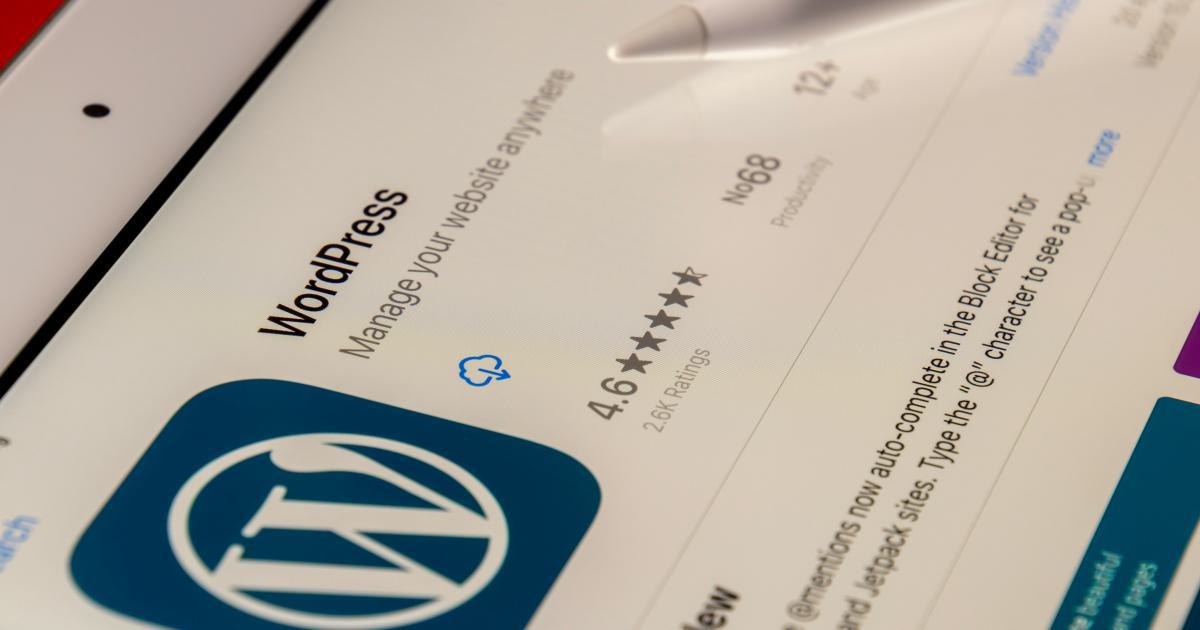
Optimize for Mobile With the growing prevalence of mobile devices, it's essential to ensure that your website is mobile-friendly. Implement a responsive design that adapts seamlessly to different screen sizes and provides a consistent, intuitive experience for users on the go.

Improve Page Loading Speed Slow-loading pages can be a major driver of high bounce rates. Optimize your website's images, scripts, and other assets to minimize load times and provide a snappy, responsive experience for your visitors.

By focusing on these key UX elements, you can create a website that is easy to use, visually appealing, and responsive to the needs of your target audience, ultimately reducing your bounce rate.
Crafting Captivating Content
Another crucial component of conquering bounce rate is creating content that resonates with your audience and keeps them engaged. Here are some strategies to help you craft content that captivates:
Understand Your Audience Conduct thorough research to understand the pain points, interests, and preferences of your target audience. Use this knowledge to create content that directly addresses their needs and provides genuine value.

Leverage Storytelling Incorporate elements of storytelling into your content to make it more engaging and memorable. Use vivid descriptions, relatable characters, and narrative arcs to draw readers in and keep them invested in your message.

Optimize for Scanability Many visitors will quickly skim through your content, so it's important to make it scannable and easy to digest. Use clear headings, short paragraphs, bullet points, and strategic use of white space to guide the reader's eye and highlight key information.

Incorporate Multimedia Break up your text-heavy content with a variety of multimedia elements, such as images, videos, infographics, and audio clips. These can help to keep your audience engaged and provide a more dynamic, interactive experience.

Encourage Interaction Invite your readers to engage with your content by including calls-to-action, comment sections, or interactive features. This can help to foster a sense of community and keep visitors coming back to your website.

By crafting content that is tailored to your audience's needs, leverages storytelling techniques, and incorporates engaging multimedia elements, you can create a captivating experience that keeps visitors on your site and reduces your bounce rate.
Leveraging Data and Analytics
To truly conquer your bounce rate, it's essential to continuously monitor and analyze your website's performance. By leveraging data and analytics, you can gain valuable insights into your audience's behavior and make informed decisions to improve their experience.
Utilize Google Analytics Google Analytics is a powerful tool that can provide a wealth of data about your website's performance, including bounce rate, user behavior, and traffic sources. Use this information to identify problem areas and opportunities for improvement.
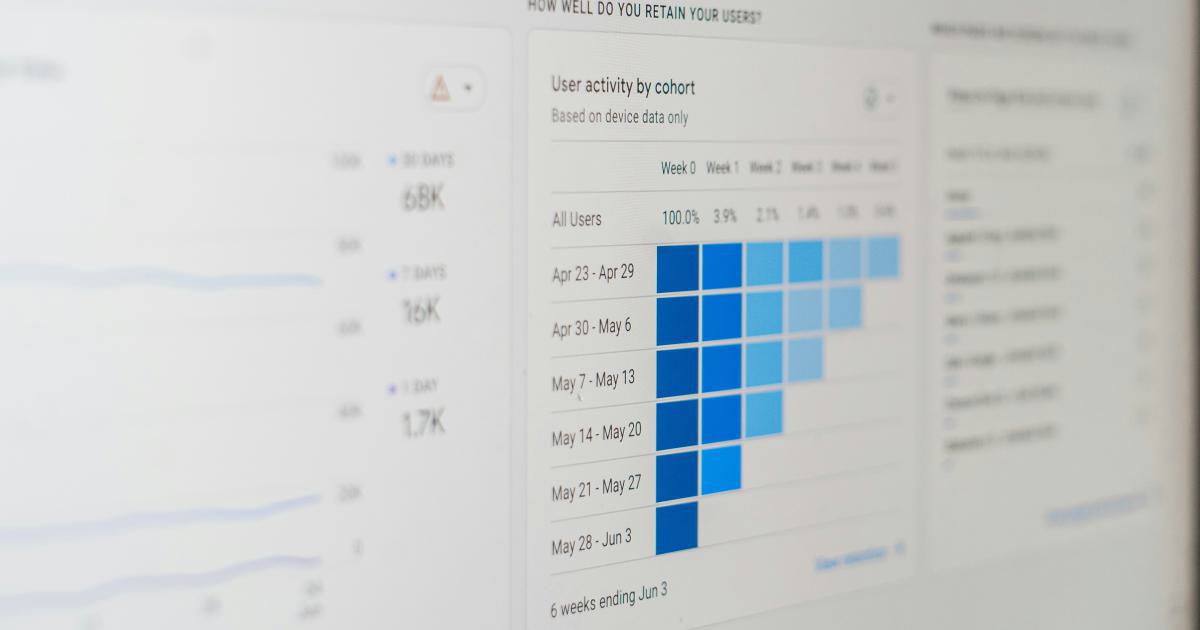
Conduct A/B Testing Experiment with different design elements, content strategies, and user flows to see what resonates best with your audience. A/B testing allows you to make data-driven decisions and incrementally improve your website's performance.

Analyze Heatmaps and Scroll Depth Tools like Hotjar and CrazyEgg can provide valuable insights into how users interact with your website. Analyze heatmaps to see where visitors are clicking and scrolling, and use this information to optimize your content and layout.

Gather User Feedback Don't forget to directly engage with your audience and gather their feedback. Implement on-site surveys, user interviews, and other feedback mechanisms to understand their pain points and preferences, and use this information to enhance their experience.
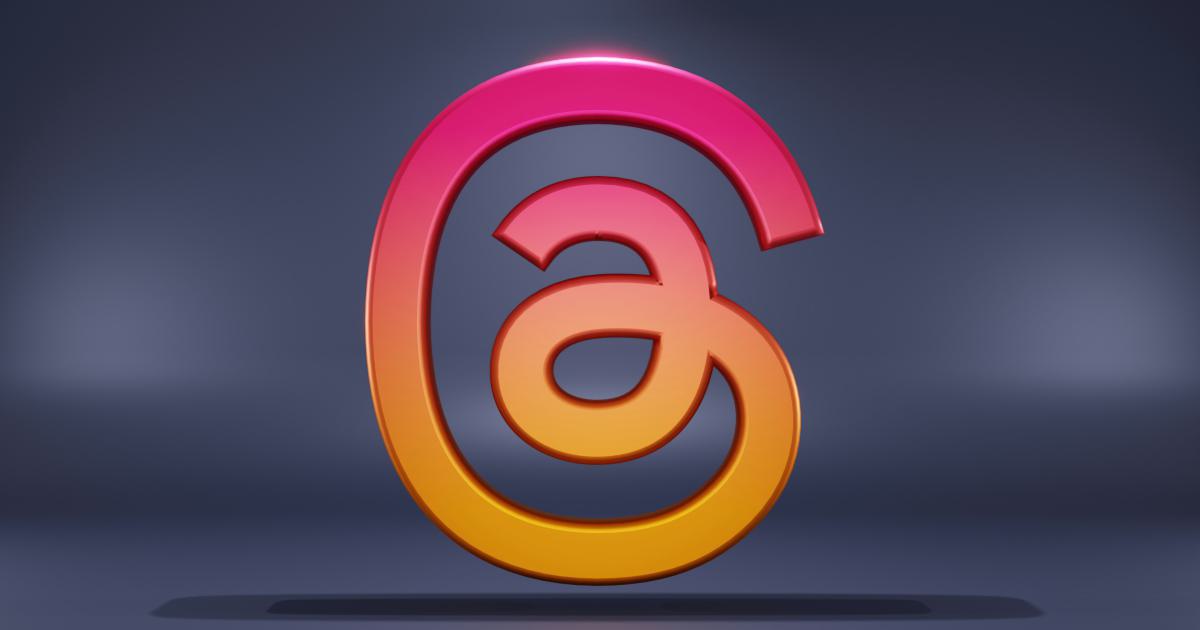
By leveraging data and analytics, you can make informed decisions, test new strategies, and continuously improve your website's performance to reduce bounce rate and keep your audience engaged.
Addressing Technical Factors
While user experience and content are crucial factors in conquering bounce rate, it's also important to consider the technical aspects of your website. Addressing technical issues can help to ensure that your site is running smoothly and providing a seamless experience for your visitors.
Optimize Site Structure Ensure that your website's architecture is well-organized and easy to navigate. This includes implementing a clear, logical hierarchy of pages and using descriptive URLs and internal linking to help users find the information they need.

Improve Site Speed As mentioned earlier, slow-loading pages can significantly contribute to high bounce rates. Optimize your website's performance by compressing images, minifying code, and leveraging caching and content delivery networks (CDNs) to reduce load times.

Enhance Site Security In today's digital landscape, website security is paramount. Implement secure protocols, such as HTTPS, and regularly update your website's software and plugins to protect against vulnerabilities that could undermine user trust and increase bounce rates.

Ensure Cross-Browser Compatibility Verify that your website functions correctly across all major web browsers and devices. Inconsistencies in how the site is displayed or how it behaves can lead to confusion and frustration for your visitors, ultimately driving up your bounce rate.
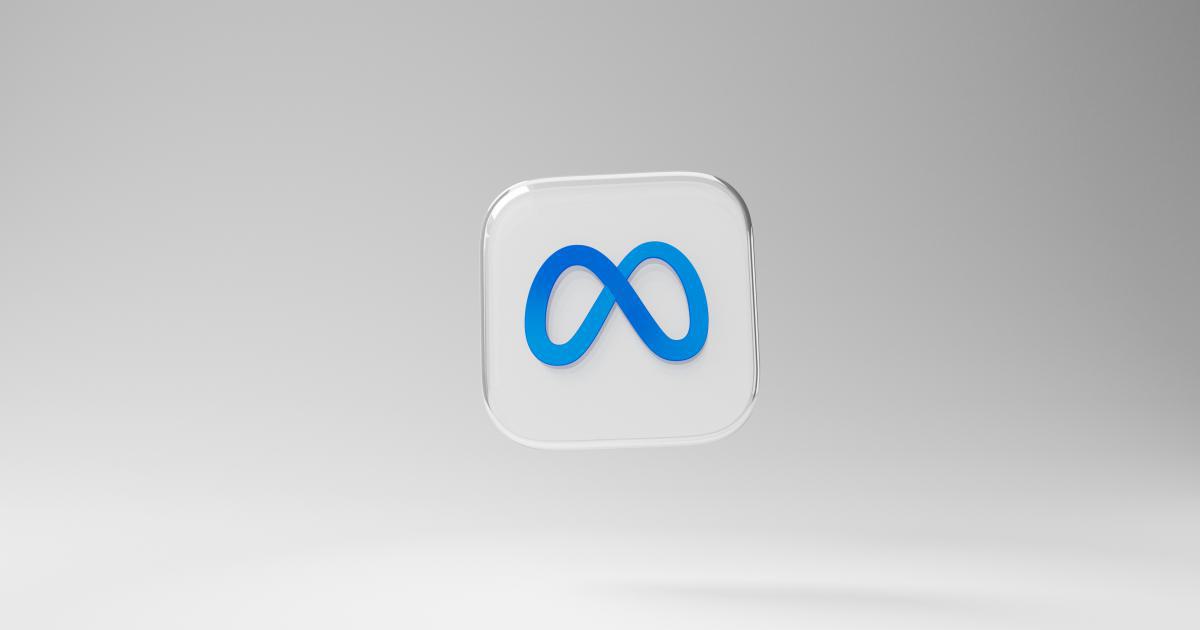
By addressing these technical factors, you can create a stable, high-performing website that provides a seamless and secure experience for your audience, reducing the likelihood of them abandoning your site.
Climax
At this point in our journey, we've explored a wide range of strategies and tactics for conquering bounce rate and captivating your audience. From optimizing the user experience to crafting compelling content, leveraging data and analytics, and addressing technical factors, we've covered a comprehensive approach to reducing bounce rate and keeping visitors engaged.
But the true power of these strategies lies in their ability to work together synergistically. By taking a holistic, integrated approach, you can create a website that not only looks and performs beautifully, but also resonates deeply with your target audience.
"Conquering bounce rate is not just about reducing a single metric - it's about creating a seamless, captivating experience that keeps your audience coming back, time and time again."
Resolution
As we reach the conclusion of our journey, it's important to remember that conquering bounce rate is an ongoing process. It requires a continuous commitment to understanding your audience, testing new strategies, and adapting to the ever-evolving digital landscape.
By implementing the strategies and tactics outlined in this article, you'll be well on your way to creating a website that captivates your audience and keeps them engaged. But don't stop there. Continually monitor your performance, gather feedback, and use data-driven insights to refine and improve your approach.
Remember, the ultimate goal is not just to reduce your bounce rate, but to build a strong, loyal relationship with your audience. When you prioritize their needs, create valuable content, and provide an exceptional user experience, you'll not only conquer your bounce rate, but you'll also cultivate a thriving, engaged community that drives lasting success for your business.
So, are you ready to conquer your bounce rate and captivate your audience? Let's get started!